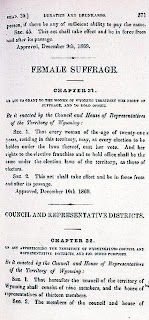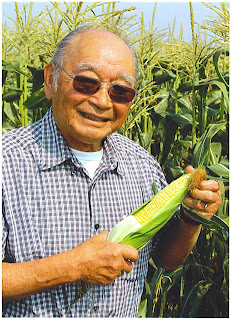Their attempts to fit in with their chosen communities met with discrimination. They were excluded from social circles and civic organizations alike. The prejudice against them peaked during World War II, when Americans labeled anyone of Japanese ancestry "The Enemy." That label persisted even after the war, despite the fact that the sons of the first Japanese immigrants had proven themselves true Americans fighting Hitler's troops on the European front.
In the Colorado farm town of Brighton in 1948, a small group of Japanese American women formed an organization that provided them an outlet for socialization and fostered a sense of belonging. Two years later, the local men of Japanese ancestry also organized. The men set their sights on a larger goal: proving to the community that they too were proud and dedicated Americans, worthy of full inclusion.
I've told the story of Brighton's Japanese Americans in my new book, Our American Journey: A History of the Brighton Nisei Women's Club and the Brighton Japanese American Association, available soon through Amazon.com.
 |
| ISBN: 978-1-4787-0290-0 Purchase from Amazon today! |
Advance Praise for Our American Journey
"Our American Journey is a priceless documentation of a generation and culture that ultimately settled in the Brighton area. The stories of perseverance, steadfastness, fortitude and selflessness epitomize the contributions of the Japanese Americans who are such an integral part of the fabric of Colorado. I thoroughly enjoyed reading this!"
-Adele Arakawa, Anchor at 9News, KUSA-TV, Denver
"What a terrific story captured for generations to come. Our American Journey is clear and descriptive, emotional and engaging."
-Adam Schrager, investigative producer and reporter with WISC-TV, the CBS affiliate in Madison, Wisconsin, and author of The Principled Politician: The Ralph Carr Story


















